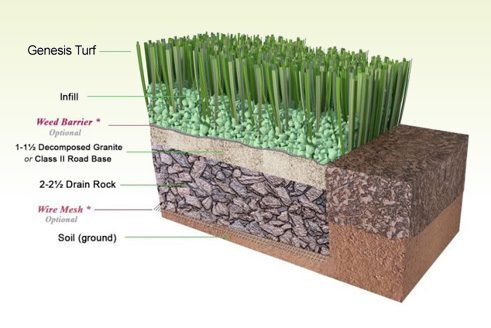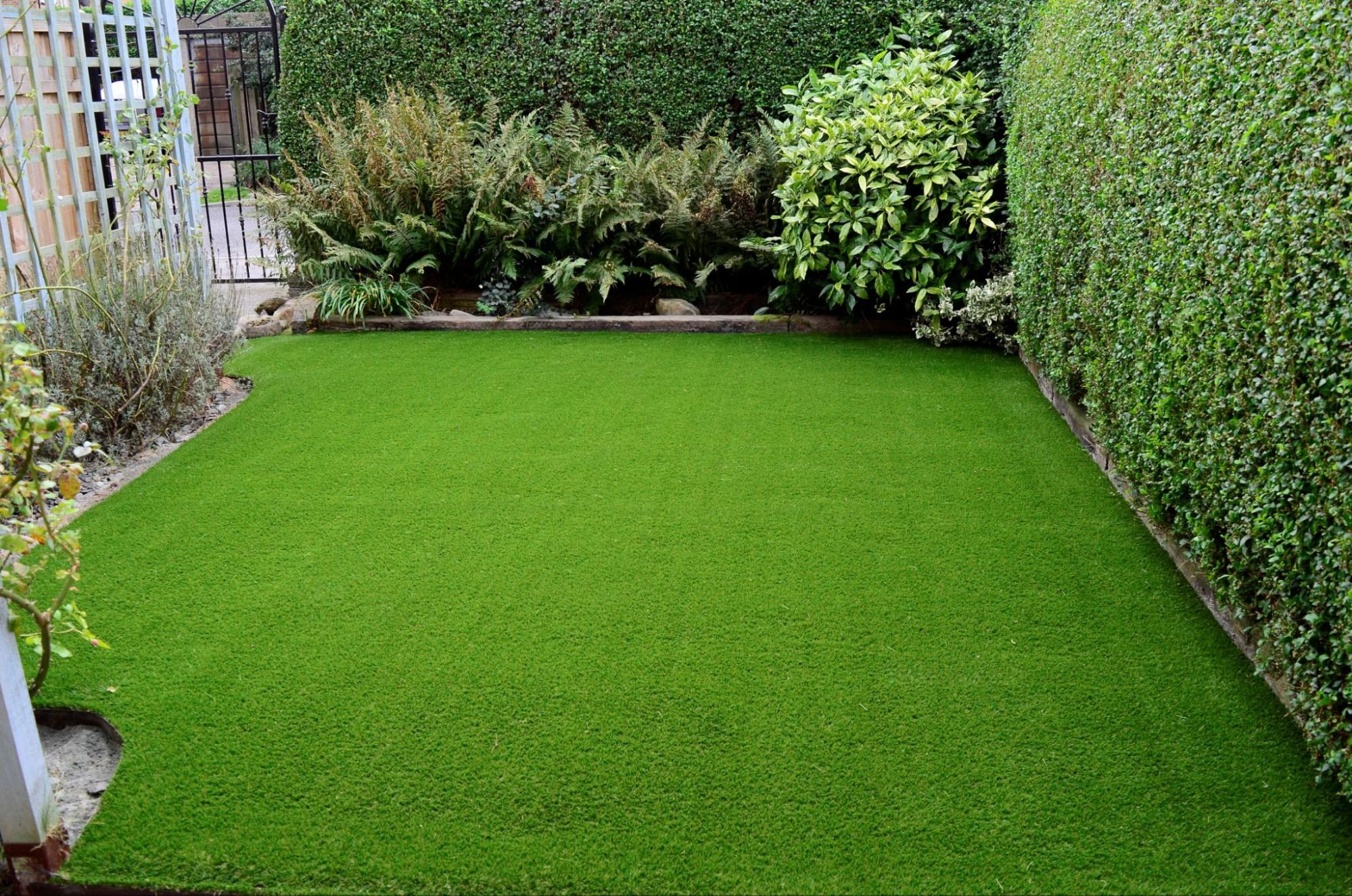Leading Phoenix Turf Companies Providing Premium Synthetic Grass Solutions
Leading Phoenix Turf Companies Providing Premium Synthetic Grass Solutions
Blog Article
Explore the Environmental Advantages of Opting for Artificial Lawn Solutions
The adoption of synthetic grass services presents a compelling opportunity to deal with pushing environmental challenges. By dramatically lowering water usage and reducing the application of damaging chemicals, these options not only advertise lasting landscaping but additionally secure regional ecosystems. The reduced carbon footprint connected with decreased maintenance activities adds to a much more sustainable approach to land monitoring. The effects of these benefits prolong beyond plain preservation initiatives, increasing concerns about their long-term effect on environment conservation and total ecological equilibrium. Checking out these measurements reveals a complex interaction worth taking into consideration.
Water Preservation Advantages
One of the most significant benefits of man-made lawn is its capacity to preserve water. Traditional yard lawns call for significant watering, particularly in locations prone to drought or water limitations. In comparison, artificial lawn does not require watering, significantly lowering the total demand for water sources. This feature is especially useful in dry areas where water deficiency is a pressing problem.
By removing the need for routine watering, fabricated grass adds to sustainable landscape practices and aids mitigate the environmental impact of excessive water intake. Furthermore, the preservation of water extends to the reduction of overflow, which can bring about soil erosion and waterway air pollution.
Furthermore, the installment of synthetic grass allows property owners and districts to allocate water sources extra efficiently, concentrating on necessary usages such as alcohol consumption water and farming. The shift in the direction of synthetic lawn not just promotes responsible water usage yet likewise aligns with wider environmental objectives aimed at preserving all-natural resources.
As neighborhoods increasingly prioritize sustainability, the water preservation benefits of synthetic grass present an engaging case for its fostering in business and residential landscape design tasks.
Minimized Chemical Use
The transition to artificial turf substantially lowers the dependence on chemical treatments generally utilized in natural turf maintenance. Typical grass monitoring typically involves the application of plant foods, herbicides, and pesticides to advertise development and control bugs. These chemicals can present threats to human health, regional wild animals, and the atmosphere, adding to soil and water contamination.
In comparison, synthetic turf removes the requirement for these hazardous materials. By lessening the launch of synthetic compounds right into the ecological community, fabricated grass promotes healthier dirt and water systems.
In addition, the absence of chemical runoff related to fabricated grass setups aids shield regional rivers from contamination, sustaining aquatic life and preserving biodiversity. Phoenix turf companies. As neighborhoods significantly focus on sustainable techniques, going with synthetic turf offers a practical option that lines up with environmental preservation goals. Through this change, homeowner can enjoy rich eco-friendly spaces without compromising environmental health, leading the method for a more lasting future
Lower Carbon Impact

Moreover, the installation of synthetic grass can cause considerable water conservation. Natural yards require substantial amounts of water for irrigation, which not only adds to the carbon impact related to water removal and therapy yet additionally pressures regional water resources. On the other hand, artificial lawn requires minimal maintenance, needing no watering, thereby considerably minimizing water use and its linked energy expenses.
In addition, the durability of synthetic grass adds to its decreased carbon effect. With a life expectancy of as much as 15 years or more, the demand for frequent replacements is reduced, resulting in much less waste and reduced energy intake in manufacturing and dealing check out this site with conventional grass choices. Generally, artificial grass provides a sustainable choice for environmentally conscious landscaping.
Habitat Conservation
Environment conservation is a vital consideration in the discussion over landscape design selections, specifically when comparing artificial turf to all-natural grass. All-natural yard yards frequently require substantial upkeep, consisting of making use of plant foods, pesticides, and herbicides, which can adversely affect regional communities. These chemicals can seep right into the dirt and waterways, harming indigenous vegetation and animals and disrupting local environments.
Artificial grass gets rid of the demand for damaging chemicals, consequently securing neighboring wildlife and preserving the integrity of bordering communities. The installation of synthetic turf can lead to the conversion of previous turf areas right into even more biodiverse landscapes, such as pollinator yards or indigenous plant areas, which can sustain regional wildlife.
Inevitably, the transition to artificial grass not only conserves water and lowers upkeep efforts yet additionally fosters an extra unified partnership between human tasks and the natural surroundings, promoting environment preservation at the same time.
Long-Term Sustainability
Long-term sustainability is a crucial aspect in reviewing the benefits of synthetic lawn over conventional turf lawns. Among one of the most significant advantages of man-made lawn is its longevity; it can last as much as 15-20 years with minimal maintenance, whereas all-natural yard needs constant reseeding and substitute. This durability lowers the requirement for consistent sources, such as water, plant foods, and pesticides, which are vital for maintaining a healthy and balanced turf lawn.
Furthermore, artificial grass adds to a decrease in carbon emissions linked with yard treatment tools. Traditional lawns commonly require gas-powered mowers, leaners, and blowers, every one of which add to air contamination. Artificial turf companies phoenix. On the other hand, synthetic grass removes the demand for such devices, advertising a cleaner environment
In addition, the production of synthetic grass progressively utilizes recycled materials, enhancing its sustainability account. As manufacturers take on eco-friendly methods, the ecological footprint of synthetic grass continues to lessen.

Conclusion
The adoption great site of synthetic grass solutions presents substantial environmental benefits, including considerable water conservation, minimized dependence on hazardous chemicals, and a lower carbon footprint. Artificial grass aids in preserving natural habitats by lessening land disruption and advertising long-lasting sustainability via the usage of durable products. Jointly, these factors underscore the capacity he has a good point of artificial turf to add positively to ecological health and offer a practical choice to standard landscape design practices in an increasingly resource-conscious globe.
In comparison, artificial lawn does not need watering, substantially lowering the general demand for water sources. By decreasing the launch of synthetic substances into the community, man-made turf advertises much healthier soil and water systems.
Additionally, the setup of fabricated grass can result in considerable water preservation. In comparison, artificial lawn requires marginal maintenance, needing no watering, thereby considerably reducing water usage and its linked energy prices.

Report this page